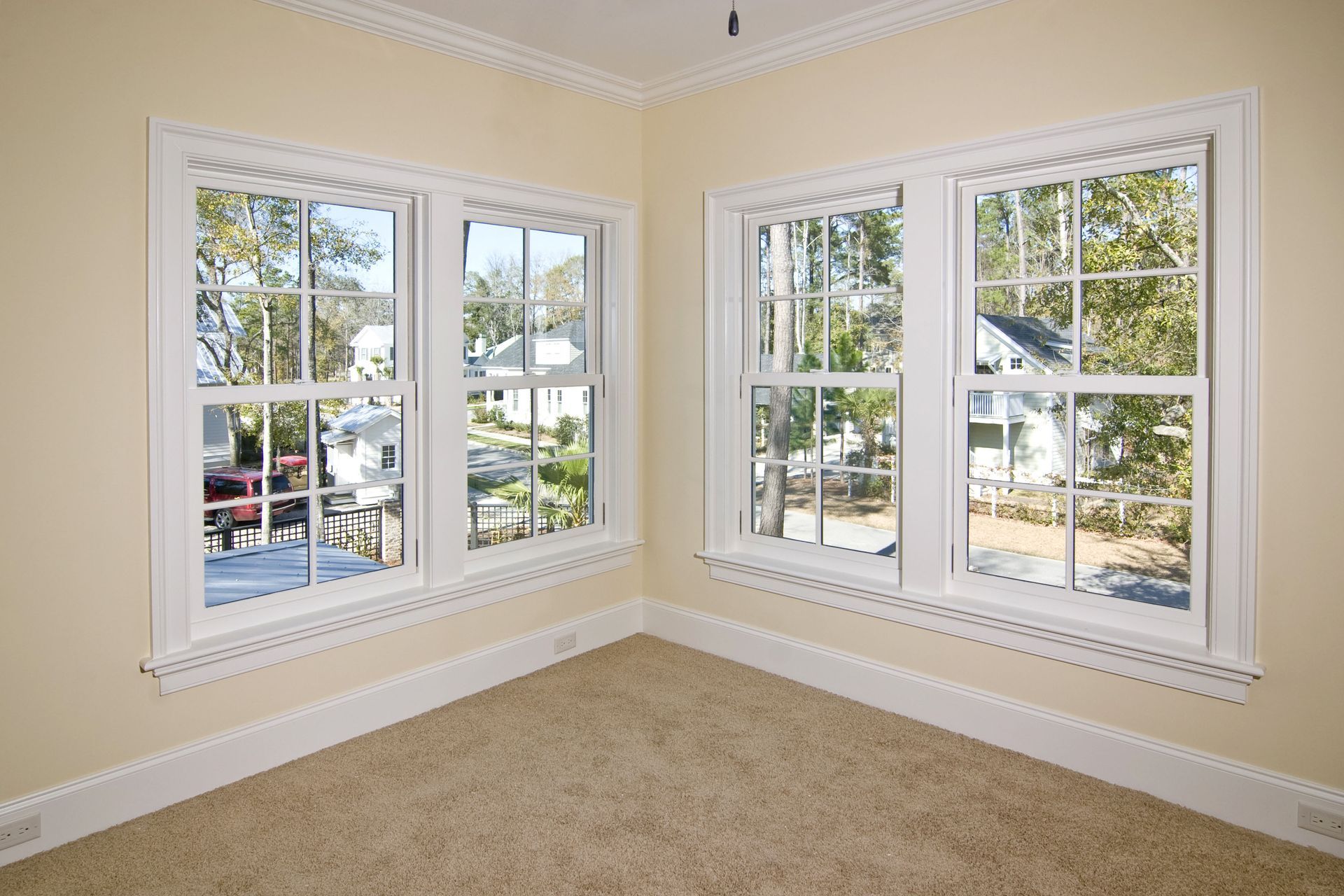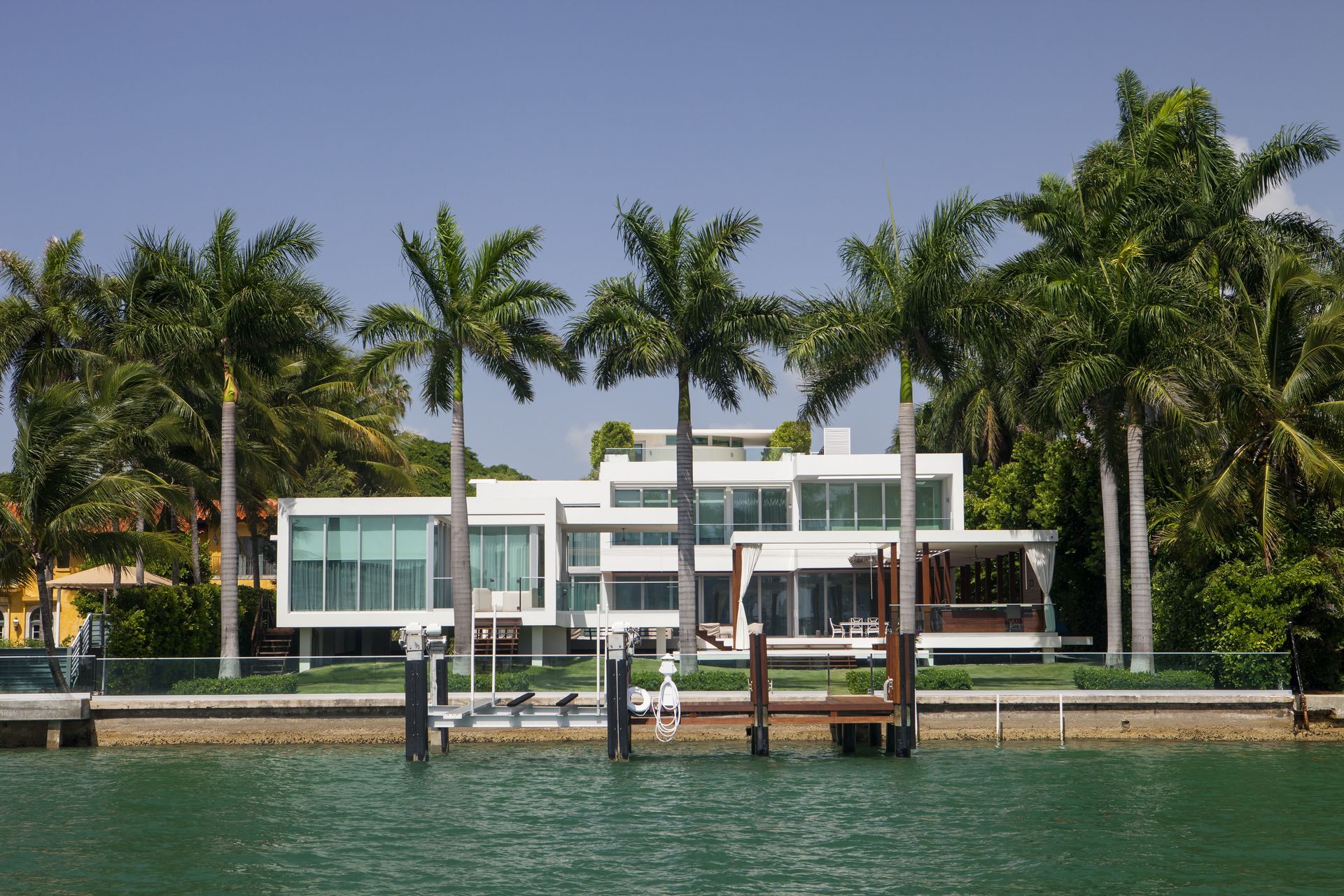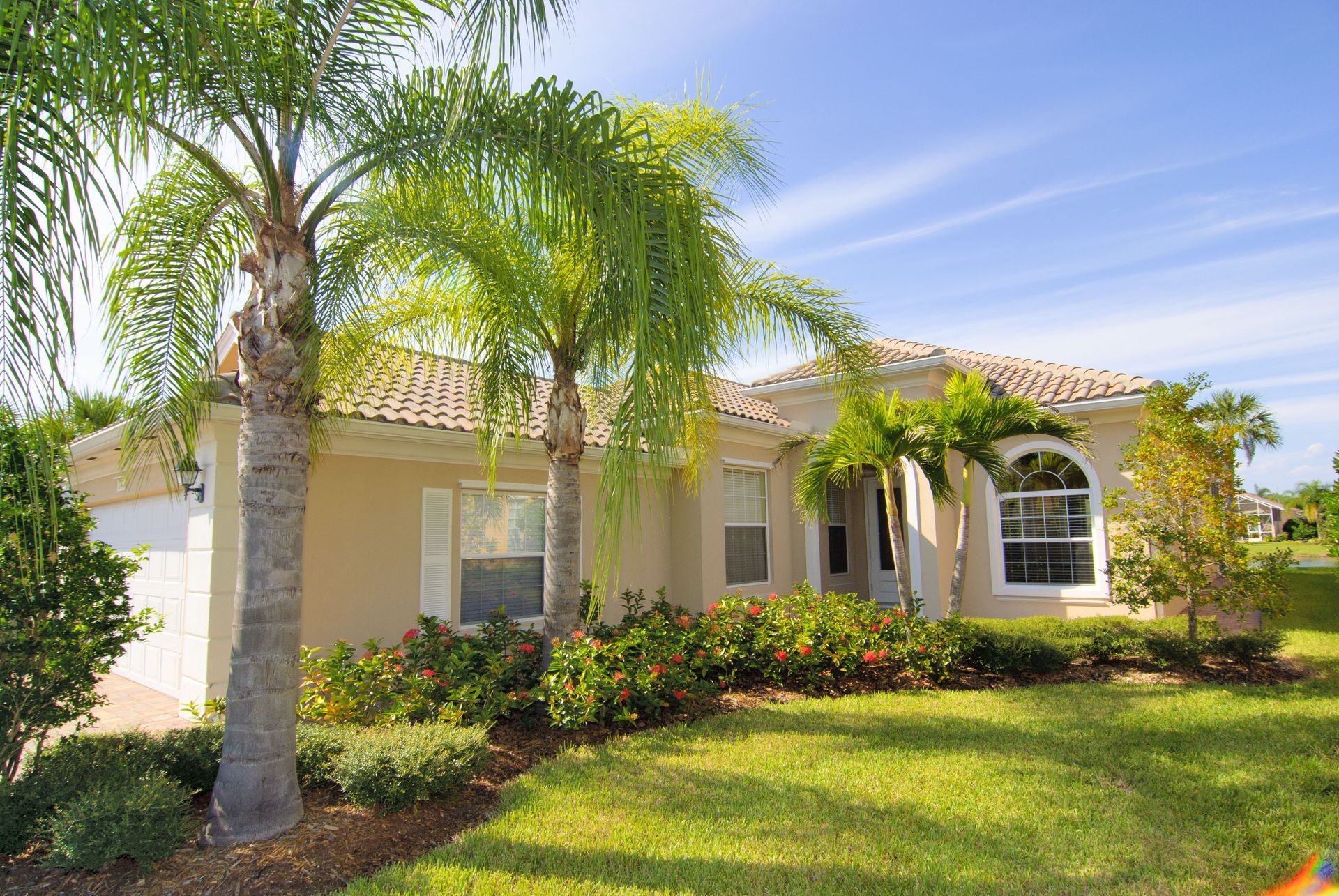5 Ways New Windows Improve Energy Efficiency and Comfort
With advancements in technology and design, modern windows offer benefits that go far beyond aesthetics. In this article, we explore various ways window replacements contribute to improved energy efficiency and enhanced comfort for homeowners.
1. Advanced Glazing Technologies
Advanced glazing technologies play a crucial role in improving the energy efficiency of new windows. These technologies include low-emissivity coatings, which reduce heat transfer while allowing light to enter the home. Low-emissivity coatings are thin metallic layers applied to glass, enhancing insulation and minimizing energy loss. As a result, homes remain cooler in the summer and warmer in the winter, contributing to year-round comfort. These coatings also help protect furniture and flooring from UV damage, making them a valuable addition to modern windows.
Double and triple glazing are pivotal innovations in the realm of advanced glazing technologies. By installing multiple layers of glass with insulating spaces in between, these windows significantly reduce heat transfer. Triple glazing takes it a step further with an additional layer, providing superior insulation and soundproofing. Implementing gas fills like argon or krypton between the panes further boosts insulation performance. Together, these features enhance both energy efficiency and indoor acoustics, creating a more serene and comfortable living space.
Smart glass solutions mark another leap in window technology, offering dynamic light and heat control. These windows can adjust their transparency in response to specific conditions, such as based on temperature or daylight intensity, providing optimal thermal comfort and privacy. By minimizing the reliance on artificial lighting and HVAC systems, smart glass window replacements contribute to both energy savings and environmental sustainability. The combined benefits of these advanced glazing technologies ensure that homes appear aesthetically pleasing while significantly ramping up overall efficiency and comfort levels. For homes with older windows—especially those over 15 years old, according to Modernize—investing in new glazing technologies can be a transformative step.
2. Improved Frame Materials
The choice of window frame material significantly impacts a window's insulating ability and, consequently, a home's energy efficiency. Vinyl frames have gained popularity due to their durability and excellent thermal performance. Vinyl naturally provides a high level of insulation, preventing heat from escaping during colder months while inhibiting unwanted heat during warmer weather. This adaptability makes vinyl frames an energy-efficient choice in diverse climates. Additionally, vinyl is cost-effective, making it a practical option for homeowners looking to enhance efficiency without breaking the bank.
Fiberglass frames offer a robust alternative to vinyl, excelling in durability and energy efficiency. Fiberglass does not expand and contract like other materials, maintaining its integrity and minimizing warping over time. This stability ensures a consistent seal, further strengthening the window's energy-saving capabilities. Additionally, fiberglass frames can often be filled with foam, enhancing their insulating properties even more. To ensure optimal benefits, these frames should be installed correctly, capitalizing on their excellent energy conservation potential.
Composite frames are engineered using a blend of materials to maximize strength and insulation, positioning them as prime choices for energy-conscious consumers. These frames often include combinations of wood byproducts and plastics, yielding a strong, stable, and thermally efficient solution. The addition of thermal breaks within frame materials addresses heat transfer and condensation issues effectively. Furthermore, composite frames often have the advantage of being crafted from recycled materials, making them a sustainable option for environmentally-conscious homeowners when investing in window replacements.
3. Enhanced Sealing and Weatherstripping
Proper sealing and weatherstripping are crucial for windows to maintain their energy efficiency. Gaps and air leaks caused by poor sealing can see costly heating and cooling efforts literally go out the window. By effectively sealing these gaps, homeowners can drastically reduce drafts and air infiltration. Common weatherstripping materials include silicone, foam, and vinyl, each offering various levels of durability and flexibility. By choosing the right material, depending on specific climate and window types, homes can efficiently manage energy consumption.
Maintaining weatherstripping is essential for its longevity and effectiveness. Seasonal checks and window replacements ensure that seals remain intact and efficient, preventing unnecessary energy loss. Regular inspections can identify areas where strips have worn away or become damaged, allowing homeowners to repair or replace them. This attention to maintenance translates to marked reductions in energy costs over time. Furthermore, proper installation—the last focus of this strategy—significantly determines how effectively your windows perform in energy conservation.
Correct installation techniques are foundational for the insulating capacity of windows, underscoring the importance of expert craft. Poor installation can lead to gaps or misalignments that compromise the window’s structural integrity and efficiency. When installed correctly, advanced sealing materials can work to their maximum potential, enhancing energy conservation and comfort. This avoids common pitfalls associated with air leaks, directly impacting energy bills and indoor climate control.
4. Solar Heat Gain Coefficient (SHGC)
The Solar Heat Gain Coefficient (SHGC) is a metric used to measure how effectively a window can block heat from sunlight, a crucial consideration for thermal comfort and energy efficiency. A lower SHGC indicates superior heat-blocking capacity, essential for reducing cooling loads in sunny climates. Understanding SHGC enables homeowners to choose windows best suited for their regional climate. By balancing the intake of natural light with the management of solar heat gain, optimal SHGC ratings can lead to increased energy savings. This understanding forms the basis for selecting the best windows for maximizing both light and insulation.
There is a fine balance between ensuring sufficient natural lighting and mitigating excessive heat intake through windows. SHGC ratings help homeowners find this balance by dictating how much solar radiation can enter the home without contributing excessively to the indoor heat. Regions with colder climates may benefit from windows with higher SHGC ratings, capturing more warmth from sunlight during winter. Conversely, regions with hotter climates often require windows with low SHGC ratings to maintain cooler indoor environments. By tailoring SHGC to match local climate needs, energy consumption for heating and cooling can be optimized.
When evaluating options for window replacements, potential buyers should pay attention to SHGC numbers listed on the National Fenestration Rating Council (NFRC) labels, which indicate a product's thermal performance values. These labels provide vital information on a window's energy efficiency characteristics, allowing consumers to make informed decisions. By understanding and selecting the right SHGC rating, homeowners ensure their windows contribute to comfortable living conditions and energy efficiency. This investment not only cuts energy bills but also enhances the home’s overall environmental responsibility.
5. Noise Reduction Features
Window replacements offer promising solutions for noise pollution, ensuring enhanced comfort and tranquility within homes. One emerging choice is acoustic glass, designed specifically to reduce sound transmission. Acoustic glass employs laminated layers to disrupt sound waves, making it highly effective for urban or near-road environments. Its benefits extend beyond noise reduction, contributing to structural strength and increased security. These features make acoustic glass appealing to those seeking peaceful living spaces without compromising safety.
Laminated glass serves as another noise-reducing feature found in many modern window designs. Produced by sandwiching a layer of transparent plastic between panes of glass, laminated glass diminishes sound transmission while maximizing structural support. Its design inherently absorbs sound energy, proving incredibly effective against mid-to-high frequency noise issues. Laminated glass not only offers a quieter home environment but also provides enhanced protection against break-ins and severe weather. With these multifaceted benefits, laminated glass stands as a valuable innovation in modern window design.
Soundproofing frame designs are equally vital to enhancing noise reduction, utilizing materials and configurations that minimize unwanted sounds. Thicker frames with multiple seal layers block pathways for sound waves, improving insulation properties. Identifying and sealing any gaps further strengthens the frame's soundproofing capacity, aligning cumulative measures towards energy efficiency and comfort. Noise reduction directly correlates with stress relief and improved health, facilitating a more harmonious living space.
New windows significantly boost energy efficiency and comfort by incorporating state-of-the-art technologies and materials. Investing in these modern solutions ensures homeowners capitalize on energy savings while enhancing their quality of life domestically. For those in Sarasota, FL and the surrounding areas, get in touch with our team at Quality Screening, Window & Door for quality window replacements!





Share On: